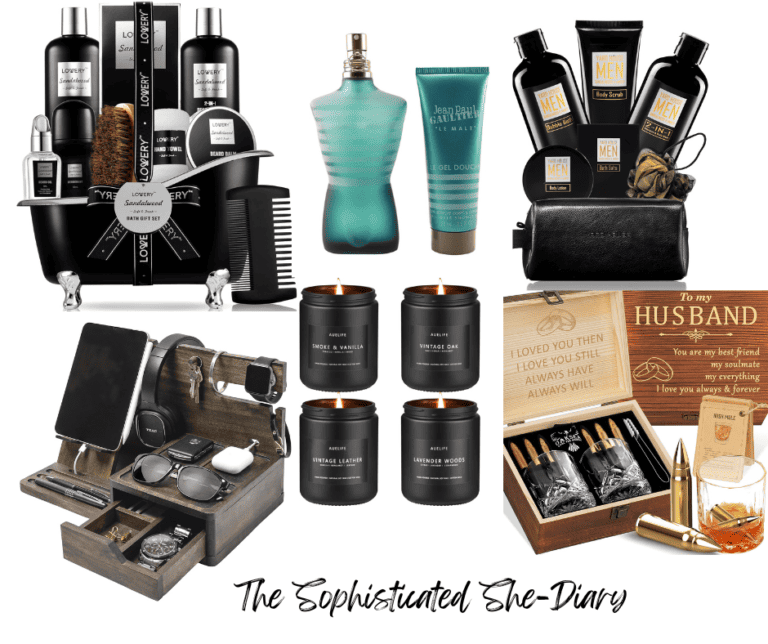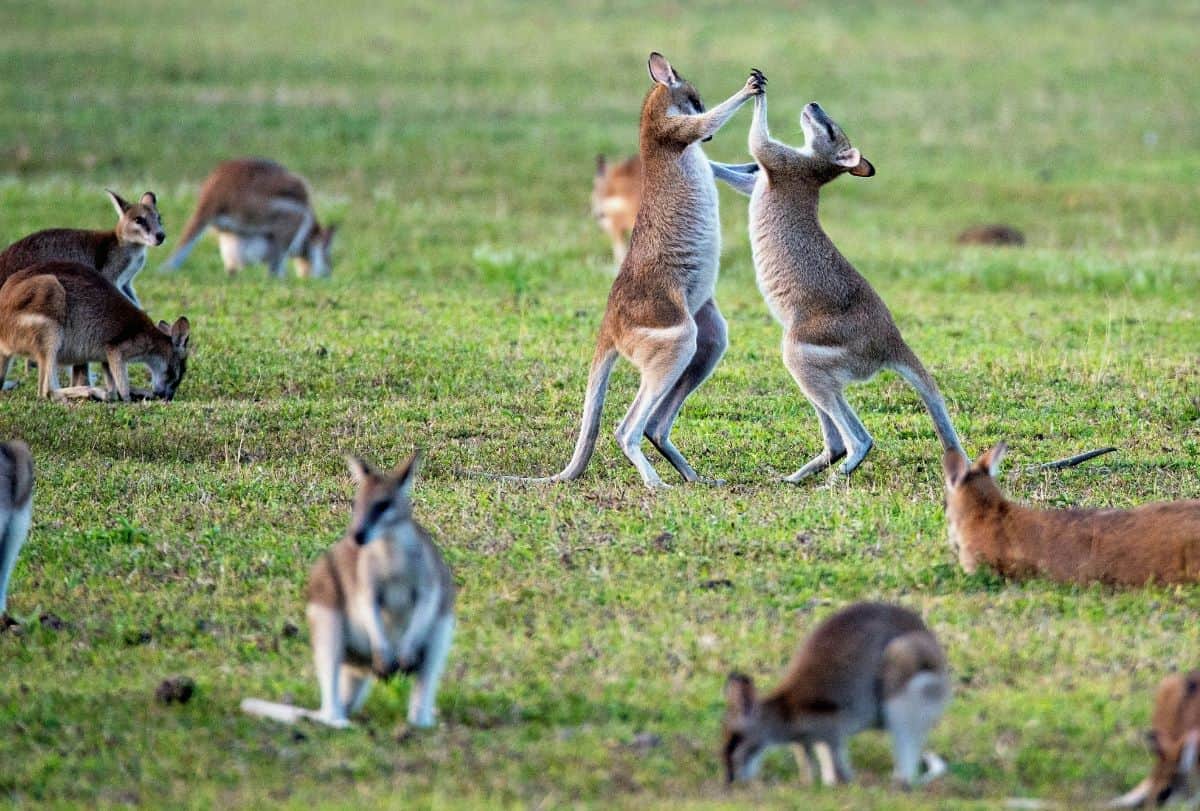
Introduction
Australia, the continent we think of as home to kangaroos and koalas, is full of rare, exotic wildlife. From deserts and humid rainforests to vast reefs and wetlands, the country is home to creatures found nowhere else on the planet. Today, we’re exploring the colorful world of Australian pets, some adorable and affectionate, others frightening. Pack your bags, boys; this is going to be wild!
Marsupials: The Pouch-Bearing Icons
Australia is famous for its marsupials—animals that carry and nurse their young in pouches. Let’s meet some of these iconic creatures:
1. Kangaroos
Kangaroos, the unofficial national bird of Australia, populate backyards across the country as well as the Outback. These hoppers can jump up to three times their body length in a single bound. Kangaroos are highly social and commonly form mobs of animals under the control of an aggressive male called a “boomer.”
2. Koalas
They’re not bears, but they’re cute! Koalas are tree-dwelling marsupials that sleep in eucalyptus trees most of their lives because they feed on eucalyptus leaves, which are a low-energy food source. Factoid: They sleep 20 hours per day — the couch potatoes of the animal kingdom!

3. Wombats
These chunky, burrowing marsupials may look cuddly, but they’re tougher than that. Wombats have padded backsides (their bums, after all, are actually cartilage armour) to guard them from predators as they burrow through the earth.

4. Tasmanian Devil
The Tasmanian devil, a small carnivorous marsupial that inhabits only Tasmania, is characterized by its screech and powerful bite. But for all their predatory reputation, they are shy and scavenge rather than hunt.
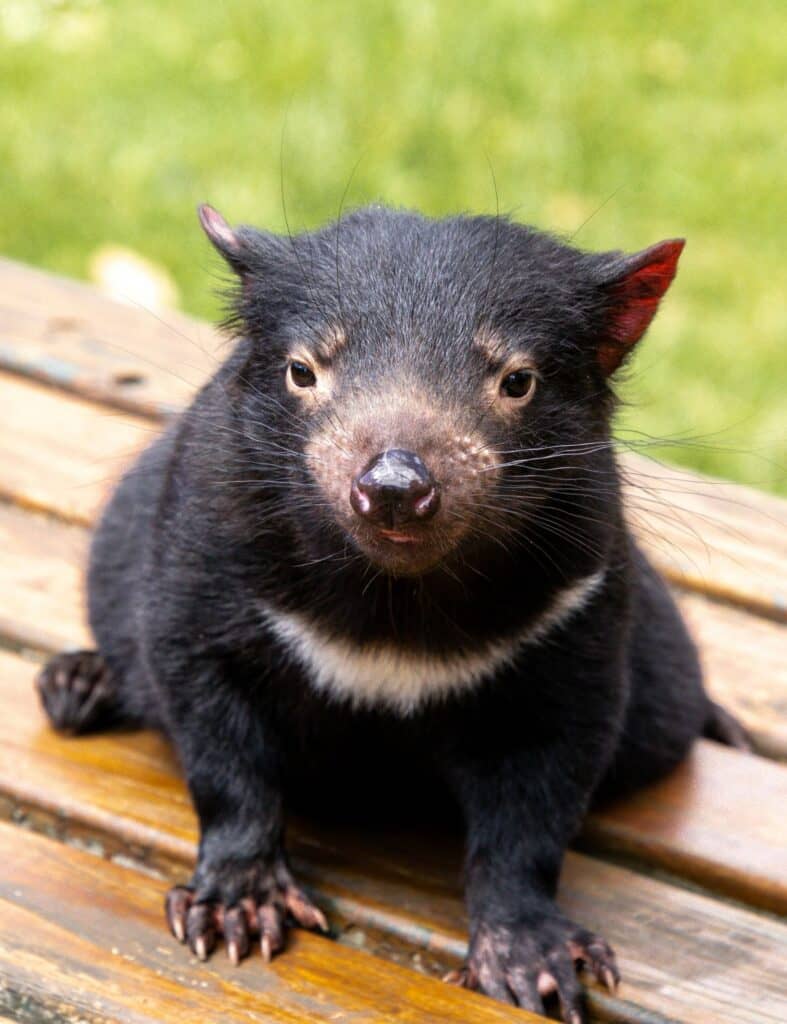
5. Quokkas
Known the “world’s happiest animal” because of their constant smile, quokkas are small wallaby-like marsupials found on Rottnest Island, Western Australia. These friendly herbivores have become selfie sensations, winning hearts worldwide.
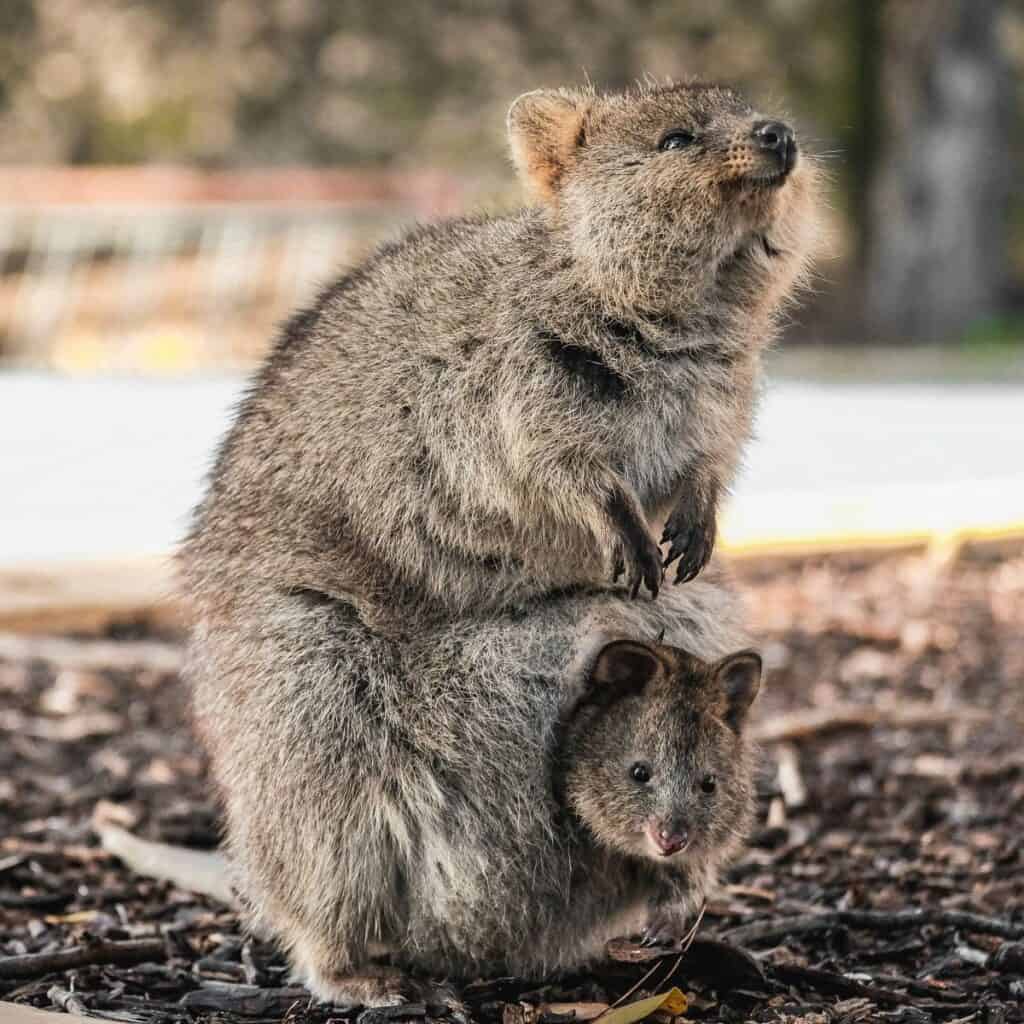
Monotremes: The Egg-Laying Mammals
Australia boasts two of the world’s five monotreme species—mammals that lay eggs instead of giving birth to live young. Talk about unique!
6. Platypus
If you think a duck-billed, web-footed mammal that lays eggs and has venomous spurs sounds like a myth, think again. The platypus is as real as it gets, and it’s native to Australian freshwater rivers and streams.
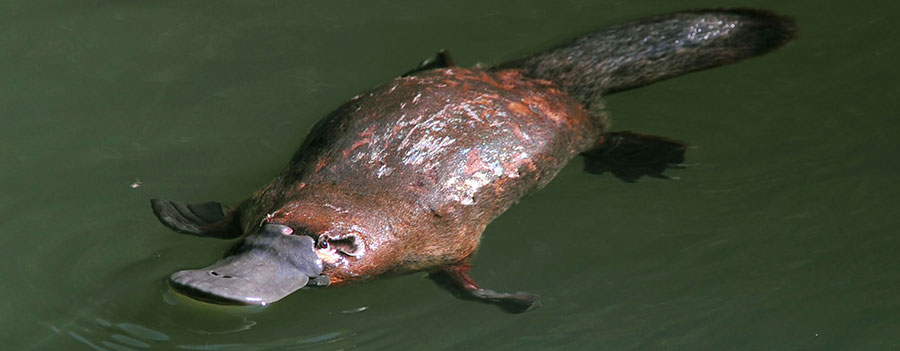
7. Echidnas
Echidnas, or spiny anteaters, are covered in protective spines and use their long, sticky tongues to snack on ants and termites. They might look like hedgehogs or porcupines, but these quirky creatures are truly one of a kind.
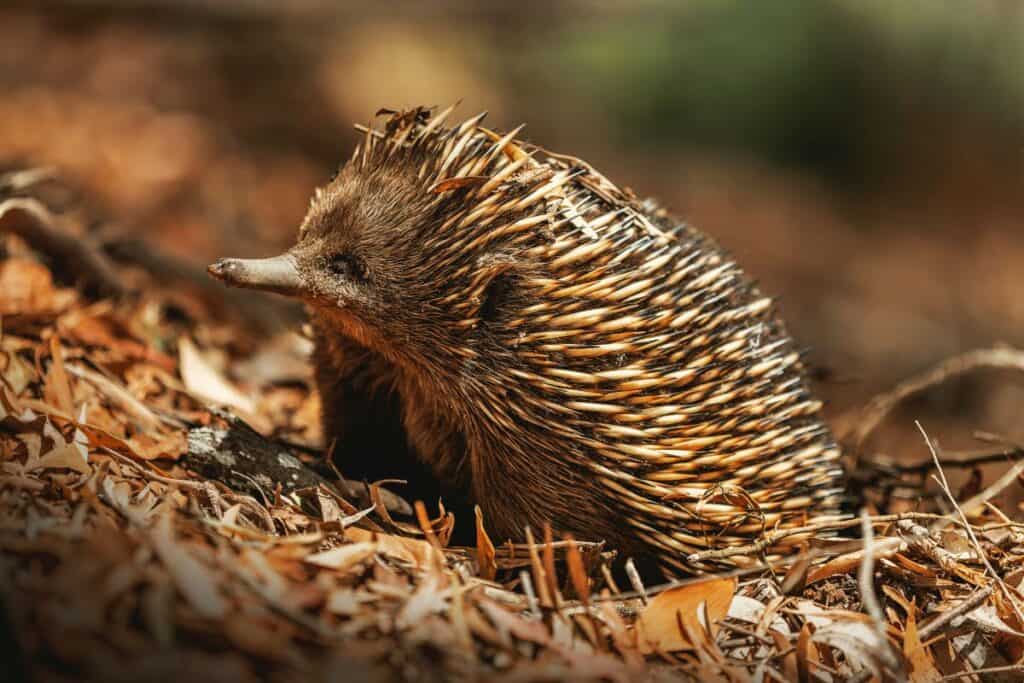
Birds: The Sky’s the Limit
Australia is home to over 800 species of birds, many of which are found nowhere else on Earth. Here are some feathered favorites:
8. Emus
The emu, Australia’s most giant bird, can’t fly but makes up for it with incredible speed, reaching up to 50 km/h (31 mph). Emus are curious, bold, and an essential part of Australian folklore.
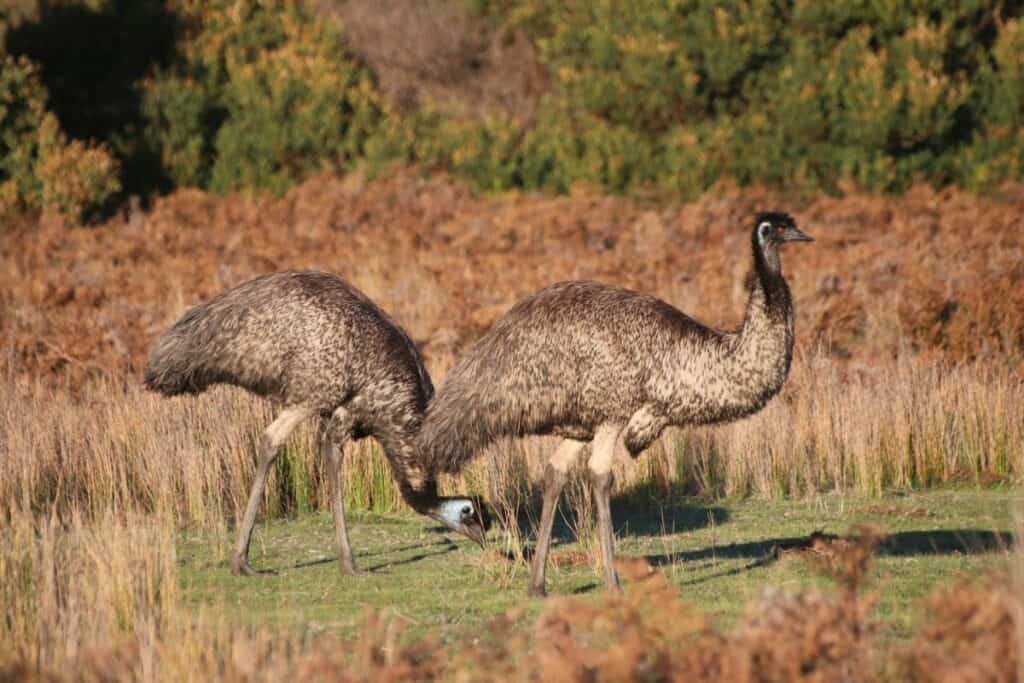
9. Kookaburras
Known for their loud, distinctive “laughing” call, kookaburras are iconic Australian birds often spotted perched on tree branches in suburban and rural areas alike.
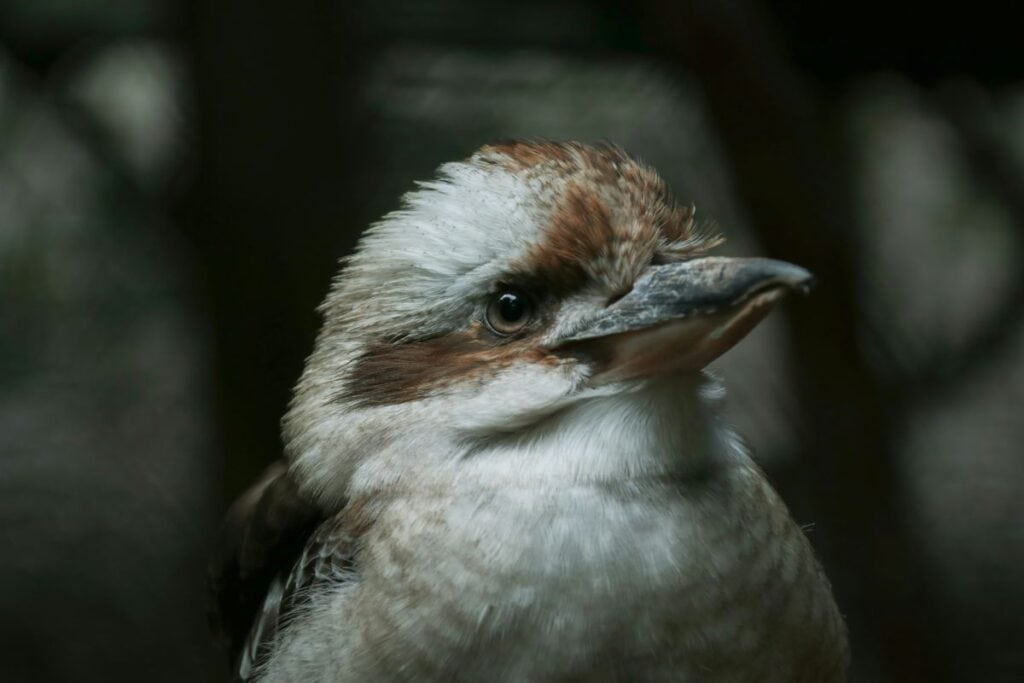
10. Cockatoos and Parrots
From the vibrant rainbow lorikeets to the cheeky sulfur-crested cockatoos, Australia is a bird lover’s paradise. These colorful and intelligent creatures bring life and sound to the skies.
Reptiles: Scaly and Spectacular
Australia is home to some of the world’s most unique—and dangerous—reptiles.
11. Saltwater Crocodiles
The “salties” are the kings of Australian waters, growing up to 7 meters (23 feet) long. Found in the northern parts of Australia, these apex predators are ancient survivors with lineage dating back over 200 million years.

12. Frill-Necked Lizard
These quirky lizards are famous for their dramatic frilled neck displays when they feel threatened. If you’re lucky, you might spot one darting across the Outback.

13. Blue-Tongued Skink
As the name suggests, these lizards have striking blue tongues, which they use to scare off predators. They’re docile and familiar in suburban gardens.
14. Inland Taipan
Dubbed the world’s most venomous snake, the inland taipan lives in Australia’s arid interior. Luckily, it’s incredibly shy and rarely seen by humans.
Aquatic Wonders: Life Under the Waves
Australia’s vast coastline and iconic Great Barrier Reef host an astonishing variety of marine life.
15. Great White Sharks
Feared and revered, great whites patrol Australian waters as apex predators. Despite their reputation, shark attacks are sporadic.
16. Dugongs
These gentle sea mammals, often called “sea cows,” graze on seagrass in warm coastal waters. They’re closely related to manatees and are symbols of Australia’s marine conservation efforts.
17. Clownfish
Made famous by Finding Nemo, clownfish thrive in the warm waters of the Great Barrier Reef, living symbiotically with sea anemones.
Insects and Arachnids: Small but Mighty
Australia’s critters aren’t just large and cuddly—some are small, deadly, and endlessly fascinating.
18. Spiders
From the iconic redback spider to the enormous huntsman, Australia’s spiders have earned their reputation. But don’t worry; fatalities from spider bites are extremely rare.
19. Giant Burrowing Cockroach
Yes, even cockroaches have their moment of fame in Australia. The world’s heaviest cockroach (don’t worry, it’s harmless) lives in Queensland and can weigh up to 35 grams.
20. Bogong Moths
These migrating moths play a crucial role in the diets of some Australian animals, like the mountain pygmy possum.
Why Australia’s Wildlife is So Unique
Australia’s animals evolved in isolation after the continent broke away from Gondwana millions of years ago. This unique evolutionary history, combined with diverse climates and habitats, has given rise to species found nowhere else. Unfortunately, many of these creatures are threatened by habitat loss, climate change, and introduced species, making conservation efforts vital.
How to Experience Australian Wildlife
- Zoos and Wildlife Sanctuaries: Places like Taronga Zoo (Sydney), Australia Zoo (Queensland), and Healesville Sanctuary (Victoria) allow visitors to see native animals up close.
- National Parks: Visit Kakadu, Daintree, or Uluru-Kata Tjuta National Parks to spot animals in their natural habitats.
- Eco-Tours: For an unforgettable wildlife experience, snorkel the Great Barrier Reef, take a crocodile cruise, or visit Kangaroo Island.
Australia is a living testament to the wonders of evolution and biodiversity. Its animals, from kangaroos and platypuses to saltwater crocodiles and kookaburras, are more than just wildlife—they’re national treasures. Exploring Australia’s fauna is a journey into a world unlike any other, where nature reigns supreme and every encounter feels extraordinary.
So, pack your binoculars, channel your inner adventurer, and get ready to experience the untamed magic of the Land Down Under!


